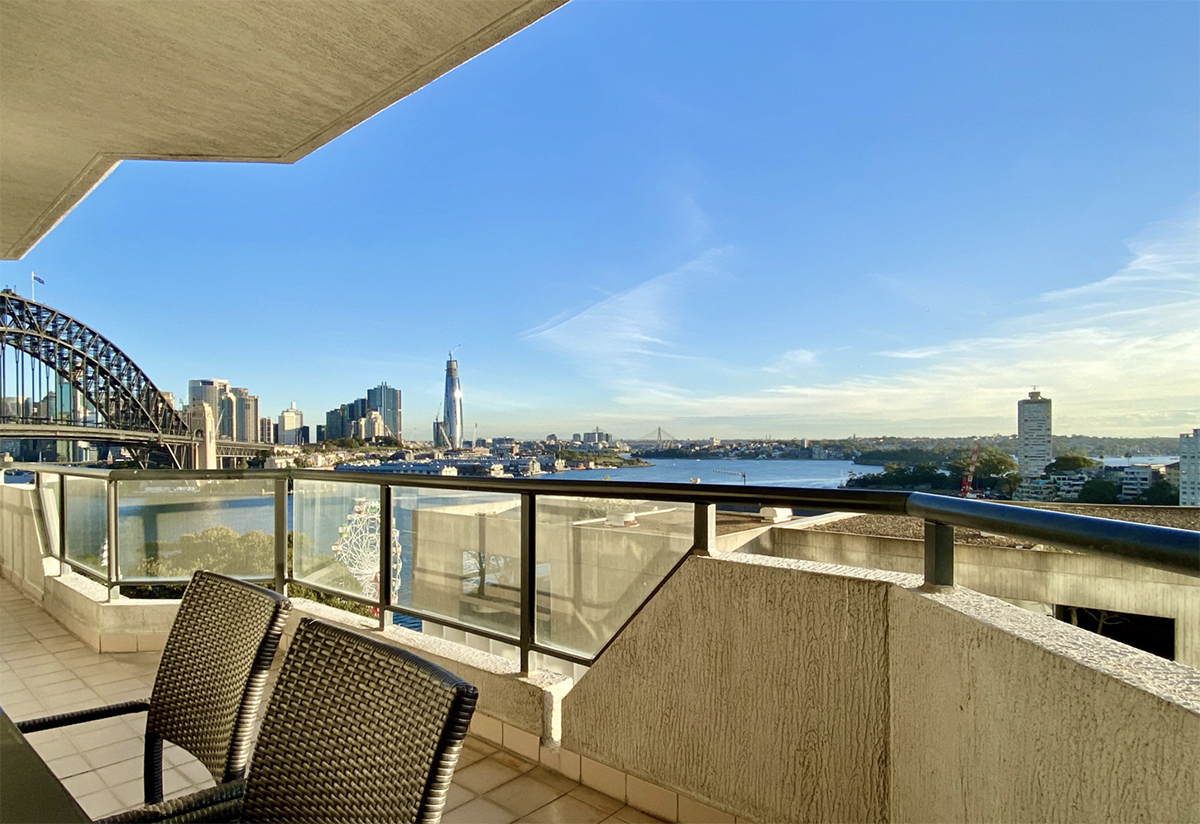Asking Rents Are Set To Surge
As vacancy rates plummet, rents could go up 15%.
A lack of available rentals which has seen vacancy rates plummet to a new 16-year low, may see asking rents surge by as much as 15% nationwide this year according to research by SQM.
Available stock dropped from 1.3% January to 1.2% of total rentals in February – the lowest since December 2006 when the vacancy rate hit 1.1%.
All markets were now in rental undersupply after vacancy rates fell below the 3% threshold for a balanced market and the imbalance had pushed asking rents to 9.4% nationally over the year to March 12.
This was the sharpest rise in five decades and spelled bad news for those hit by inflation according to SQM managing director, Louis Christopher.
“Because the rental market is seriously stretched right now, we could see rents rising by at least 10% nationwide over 2022,” Mr Christopher said.
Housing costs account for approximately 23% of the CPI basket and steep rent rises had major ramifications for inflation.
Mr Christopher added that vacancy rates are likely to fall again over March.
“The first week recorded yet another decline in rental accommodation listings, and the impacts of the flood have not yet been reflected in the data, so we can expect rental vacancy to tighten again,” he said.
Across the country, every city aside from Sydney and Melbourne posted less than 1% vacancy rate last month, while Sydney’s vacancy dropped to 2% and Melbourne’s to 2.3%.
Further, the vacancy rates for apartments in the CBD fell sharply during February, coinciding with the return of international students.
The proportion of rental apartment in the Sydney CBD left vacant dropped to 4.3% from 4.5% in January while Melbourne saw its CBD vacancy rates drop 1.2% to 2.8%.
Brisbane faired similarly with the vacancy rate falling 1.4% to 4.4% and Adelaide was down by 1% to 1.7%.
This stylish family home combines a classic palette and finishes with a flexible floorplan
Just 55 minutes from Sydney, make this your creative getaway located in the majestic Hawkesbury region.
A Sydney site with a questionable past is reborn as a luxe residential environment ideal for indulging in dining out
Long-term Sydney residents always had handful of not-so-glamourous nicknames for the building on the corner of Cleveland and Baptist Streets straddling Redfern and Surry Hills, but after a modern rebirth that’s all changed.
Once known as “Murder Mall” or “Methadone Mall”, the 1960s-built Surry Hills Shopping Centre was a magnet for colourful characters and questionable behaviour. Today, however, a $500 million facelift of the site — alongside a slow and steady gentrification of the two neighbouring suburbs — the prime corner property has been transformed into a luxury apartment complex Surry Hills Village by developer Toga Group.
The crowning feature of the 122-apartment project is the three-bedroom penthouse, fully completed and just released to market with a $7.5 million price guide.
Measuring 211sqm of internal space, with a 136sqm terrace complete with landscaping, the penthouse is the brand new brainchild of Surry Hills local Adam Haddow, director of architecture at award-winning firm SJB.
Victoria Judge, senior associate and co-interior design lead at SJB says Surry Hills Village sets a new residential benchmark for the southern end of Surry Hills.
“The residential offering is well-appointed, confident, luxe and bohemian. Smart enough to know what makes good living, and cool enough to hold its own amongst design-centric Surry Hills.”
Allan Vidor, managing director of Toga Group, adds that the penthouse is the quintessential jewel in the crown of Surry Hills Village.
“Bringing together a distinct design that draws on the beauty and vibrancy of Sydney; grand spaces and the finest finishes across a significant footprint, located only a stone’s throw away from the exciting cultural hub of Crown St and Surry Hills.”
Created to maximise views of the city skyline and parkland, the top floor apartment has a practical layout including a wide private lobby leading to the main living room, a sleek kitchen featuring Pietra Verde marble and a concealed butler’s pantry Sub-Zero Wolf appliances, full-height Aspen elm joinery panels hiding storage throughout, flamed Saville stone flooring, a powder room, and two car spaces with a personal EV.
All three bedrooms have large wardrobes and ensuites with bathrooms fittings such as freestanding baths, artisan penny tiles, emerald marble surfaces and brushed-nickel accents.
Additional features of the entertainer’s home include leather-bound joinery doors opening to a full wet bar with Sub-Zero wine fridge and Sub-Zero Wolf barbecue.
The Surry Hills Village precinct will open in stages until autumn next year and once complete, Wunderlich Lane will be home to a collection of 25 restaurants and bars plus wellness and boutique retail. The EVE Hotel Sydney will open later in 2024, offering guests an immersive experience in the precinct’s art, culture, and culinary offerings.
The Surry Hills Village penthouse on Baptist is now finished and ready to move into with marketing through Toga Group and inquiries to 1800 554 556.
This stylish family home combines a classic palette and finishes with a flexible floorplan
Just 55 minutes from Sydney, make this your creative getaway located in the majestic Hawkesbury region.























